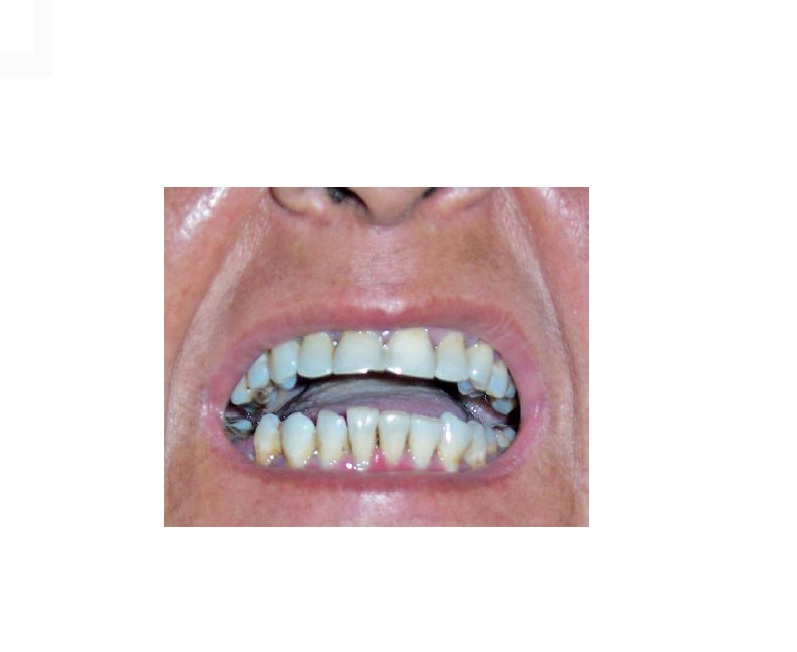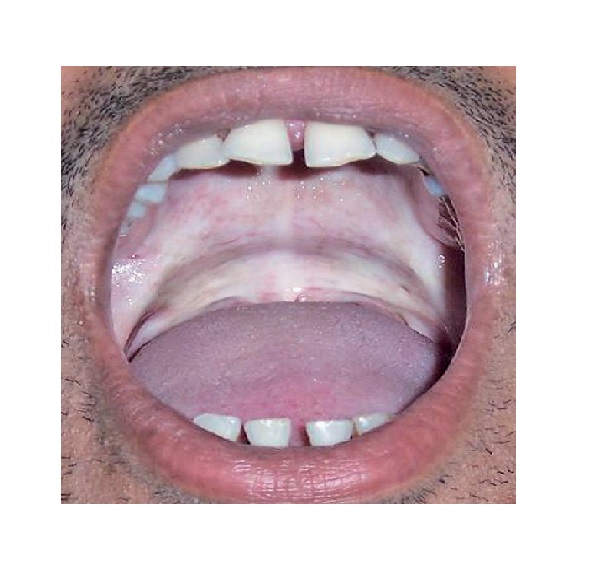INTRODUCTION || SYMPTOMS || CAUSES || DIAGNOSING || TREATMENT || PREVENTION || TAKE AWAY
INTRODUCTION:-
A common sight in most villages of India is a group of socially interactive people who gather for a day-long conversation.
The frame looked like a wrap of bliss. And there was one thing which was common to all— A spread of red smiles.
It was very domestic of them to share the BETEL LEAVES and BETEL NUTS (or chewing paan) amongst each other as they considered it to be a niche of communication.
Well, little did they know where it is going to take them.
DO YOU’LL HAVE ANY IDEA ON WHAT I’M TALKING ABOUT??
Let me tell you,
I’m sure most of us would know about BETEL LEAVES and NUTS. And the most we have known and heard about them is that it is used in various rituals and it is of high cultural value.
But, that’s not it.
Today betel leaf (or paan) is the 4 largest substance consumed all over the Asian world. Though the figures and stats are in high esteem, too much consumption of betel nuts and leaves causes a wider spread of harm.
Well, what kind of harm??
One amongst the many— is Oral Submucosal Fibrosis.
You can relish the betel leaf for once and justify yourself by saying “Anyway, it’s just one.” But, your “anyway” cannot go for long.
Well, you make complete sense on the first time because, if not all, most of the carcinogens turn up to be carcinogenic in our body only when it precedes its lethal level ( the level beyond which, on further consumption, the carcinogen would start developing cancer)
And oral submucosa fibrosis is one such symptom that alarms the possibility of mouth cancer which may or may not be so.
How does eating paan cause Oral Submucous fibrosis?
Everybody savors the betel leaves along with the betel nuts with a blend of tobacco and so on according to their preferential taste buds.
So, these patients have a habit of chewing paan (a specially prepared leaf), betel nut (supari), and tobacco.
The hard and rough surface of the betel nut causes mechanical irritation.
Alkaloids in betel nut (such as ARECOLINE) cause chemical irritation and stimulate collagen synthesis and the proliferation of buccal mucosa fibroblasts.
Tannins in betel nut stabilize the collagen fibrils and render them resistant to degradation by the collagenase.
These juicy chemicals that dwell up in the mouth on constant munching come in contact with the first lining of skin on the inside of the mouth.
All the chemical liquids coming in contact with our oral cavity will penetrate through its layers namely,
- Mucosa
- Submucosa
- Muscular layer
All of these layers have a specific set of cells present in them. And because mucosa is the outermost layer, it is expected to have epithelial cells.
Have you ever wondered why is that so?
- There occurs a fibroelastotic transformation of connective tissues in lamina propria associated with epithelial atrophy, which is sometimes preceded by vesicle formation.
- Juxta-epithelial fibrosis occurs with atrophy or hyperplasia of the overlying epithelium, which shows areas of epithelial dysplasia.
Potential for malignant change
Leukoplakia and squamous cell carcinoma are sometimes associated with ORAL SUBMUCOUS FIBROSIS as the predisposing factors for all these disorders are common.
The malignant transformation has been observed in 3–7.6% of cases.
SYMPTOMS OF ORAL SUBMUCOUS FIBROSIS:-
The most important clinical feature or symptom is —
1) TRISMUS
The majority of the patients present with gradually progressive painless difficulty in opening the mouth.
It is the feeling of stiffness while opening the mouth due to excess binding and lack of muscular flexibility

2) Age:
Though there is no age bar, the disease mostly affects 20–40 years of age group
3) Habits:
The history of chewing paan, supari, and tobacco is almost always present.
4) Ankyloglossia:
The disease may advance and cause difficulty in protruding out the tongue.
5) Soreness and burning mouth:
Some patients have soreness of the mouth with a constant burning sensation, which worsens during meals, especially of pungent spicy type.
In later stages, patient develops insidious, painless, and progressive trismus and ankyloglossia.
6) Vesicles/Ulcers:
Few patients complain of repeated vesicular eruption on the palate and pillars.
Initially, there occurs patchy redness of mucous membrane with the formation of vesicles, which rupture to form superficial ulcers.
There might be a bleachy white appearance in the buccal cavity.
7) Fibrous bands:
The most common sites of white fibrotic bands are —
- Soft palate,
- Faucial pillars,
- Retromolar area, and
- Buccal mucosa.
In later stages, fibrosis develops in the submucosal layers along with the blanching of mucosa with loss of suppleness.
Fibrosis and scarring, which can be seen and felt have also been demonstrated in the underlying muscle that leads to further restrictive mobility of the soft palate, tongue, and jaw.

IS IT JUST THE BETEL LEAF AND BETEL NUT THAT YOU ARE BEING WARNED ABOUT, OR IS THERE MORE TO IT?
CAUSES:-
- Betel leaf
- Betel nut
- Pan
- Tobacco
- Hookah
- Deficiency of iron, vitamin B, and vitamin C
- Human papilloma virus (HPV)
- Genetic disorder
- Allergies
DIAGNOSIS:-
Your doctor would check for the above symptoms according to the criteria of oral submucous fibrosis and recommend further clinical analysis if necessary.
TREATMENT:-
MEDICAL TREATMENT —
1) Local steroids/hylase:
Topical injection of steroids, which may be combined with hylase, into the area of fibrous
bands (injection dexamethasone 4 mg and hylase 1500 IU in one ml intraoral submucosal biweekly at different sites for 8–10 weeks) are more effective than their systemic use.
This brings significant improvement in symptoms and relieves trismus.
2) Avoidance of irritant factors
Avoidance of Areca nuts, pan, tobacco, and pungent foods) is of paramount importance
3) Vitamins and minerals:
Treatment of existent anemia or vitamin deficiencies. Vitamin A, zinc, and antioxidant therapy have shown some beneficial effects.
4) Jaw opening exercises are encouraged.
SURGICAL TREATMENT —
A number of surgical procedures have been reported but more common include —
1) Surgical incision of fibrous bands.
Severe trismus associated with marked fibrous bands can be treated by surgical excision and grafting.
It gives an immediate dramatic improvement in the opening of the mouth but usually results in rebound trismus.
2) Lasers
Lasers have also been used to cut the fibrous bands.
3) Coronoidectomy and temporal muscle myotomy.
4) Reconstruction:
Several types of grafts and flaps have been tried after cutting the fibrous bands
PREVENTION AND TAKEAWAY:-
Avoid consuming food that contains carcinogens, maintain a healthy lifestyle, and build your immunity.
On a final note, I would suggest you keep a check on your body health and in case you doubt having oral submucous fibrosis, reach out to your doctor and address your queries at the earliest.
THANK YOU
MEDICAL ADVICE DISCLAIMER:
This blog including information, content, references, and opinions is for informational purposes only.
The Author does not provide any medical advice on this platform.
Viewing, accessing, or reading this blog does not establish any doctor-patient relationship.
The information provided in this blog does not replace the services and opinions of a qualified medical professional who examines you and then prescribes medicines.
And if you have any questions of medical nature, please refer to your doctor or the qualified medical personnel for evaluation and management at a clinic/hospital near you.
The content provided in this blog represents the Author’s own interpretation of research articles.